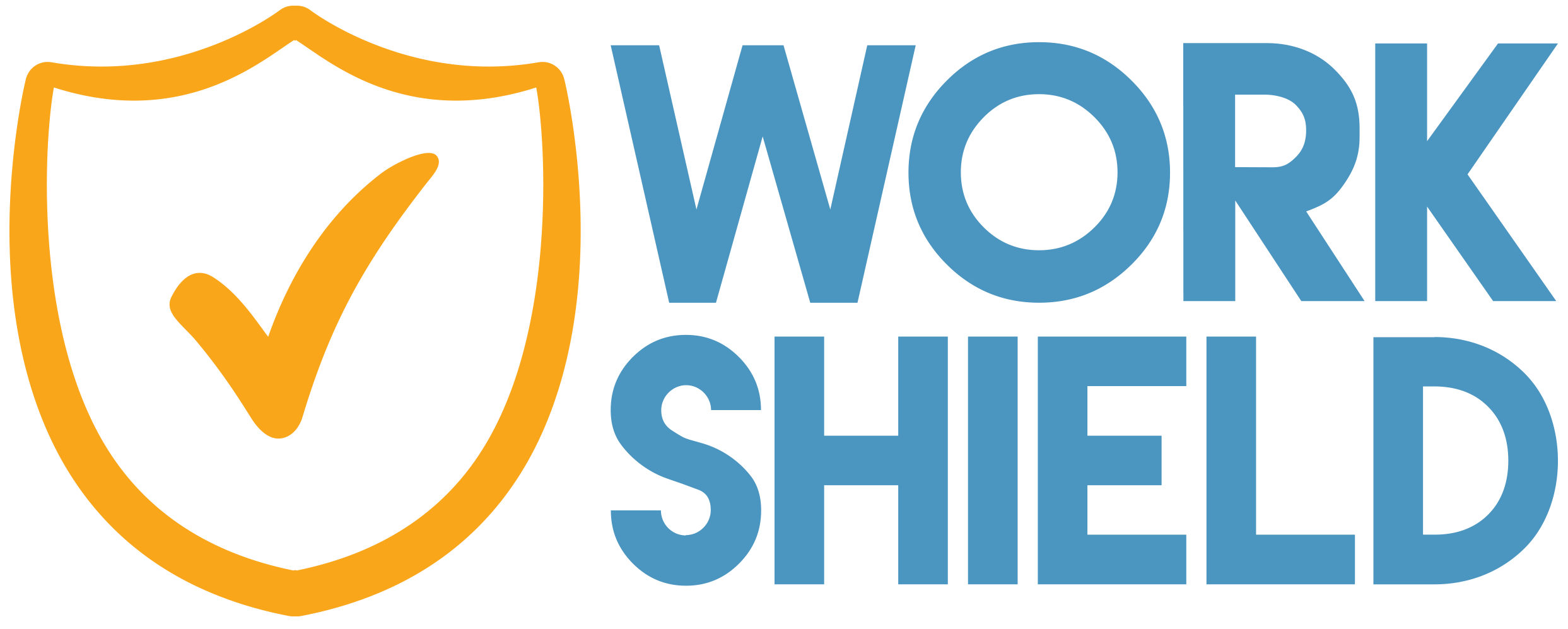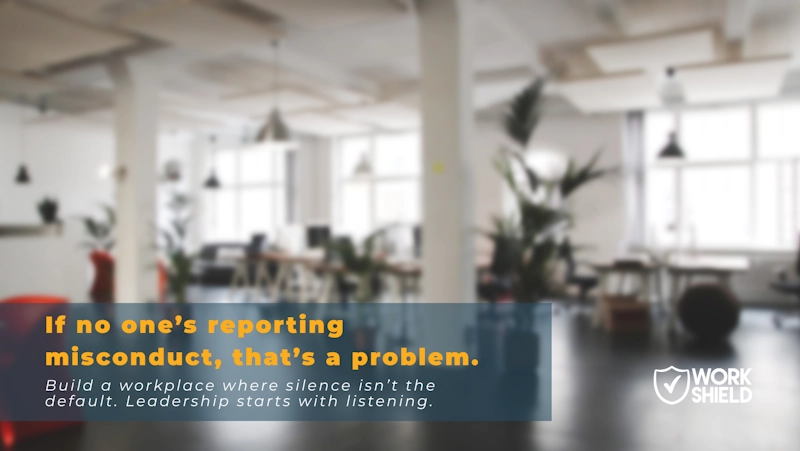Workplace bullying and harassment are two major issues that can have a significant impact on an organization’s overall operational performance, resulting in a noticeable decline in productivity and a growing sense of dissatisfaction among employees. Within the business environment, discrimination and workplace misconduct can manifest in various ways, impacting all levels within an organization. For example, 61% of Gen Z and 49% of Millennials have experienced workplace harassment or discrimination in the last year. Meanwhile, workplace bullying affected an astounding 76.3 million employees, underscoring the pervasive nature and substantial impact of this issue within the workplace.
Recognizing the severity of workplace misconduct is a critical aspect of responsible and effective organizational management. Employers must understand the distinction between bullying and harassment in the workplace and learn how to respond to early warning signs of toxicity. Additionally, rather than spending hundreds of thousands or even millions of dollars on legal fees to sweep such incidents “under the rug”, employers should be equipped with proactive solutions aimed at preventing workplace bullying and harassment in the future as well as how to handle such misconduct when it does occur.
Understanding Workplace Bullying and Harassment
Workplace bullying often involves mistreating coworkers or a group of employees at work, usually through actions meant to intimidate, scare, or demean. This can include verbal abuse, humiliation, isolation, gossip and other harmful behaviors. It usually happens over an extended period, creating a hostile work environment and causing psychological and emotional distress to the victim(s). According to the Workplace Bullying Institute, more than one-third of the workforce has experienced workplace bullying in some capacity.
In parallel, workplace harassment poses a significant challenge, impacting not only employees but also the entire organization. Over time, it has become increasingly prevalent, with as many as 75% of employees reporting they have witnessed or experienced mistreatment at work, while many hesitate to report it due to the fear of retaliation. Workplace harassment consists of unwelcomed behavior linked to factors such as race, color, religion, gender, national origin, age, disability and more. Indications of harassment may include exclusion, intrusion into personal lives, inappropriate jokes or unwanted gestures.
The Importance of Proactive Solutions
To foster a respectful workplace, it’s necessary to have policies in place such as a code of conduct policy and a misconduct solution in place to proactively address misconduct. This includes ensuring that offenders face appropriate consequences, empowering bystanders to report incidents and holding employers accountable. In addition, by encouraging bystander intervention, organizations lay the foundation for a culture that motivates employees to actively promote a safe and inclusive environment in which all employees can thrive.
Additionally, employers should cultivate a welcoming, transparent environment where employees feel safe and confident coming forward to report misconduct. By addressing incidents head-on, organizations reduce the likelihood of future conflicts occurring as reporting increases and wrongdoers recognize that reported incidents are taken seriously.
An Incident Management Solution for Safer Workplaces
Reporting incidents of workplace bullying and harassment can be intimidating for all involved. Work Shield’s third-party misconduct solution not only ensures fair and ethical resolution for organizations but also effectively addresses these issues, creating safer workplaces, reducing reputational damage, and improving employee productivity, trust, satisfaction and overall employee engagement.





